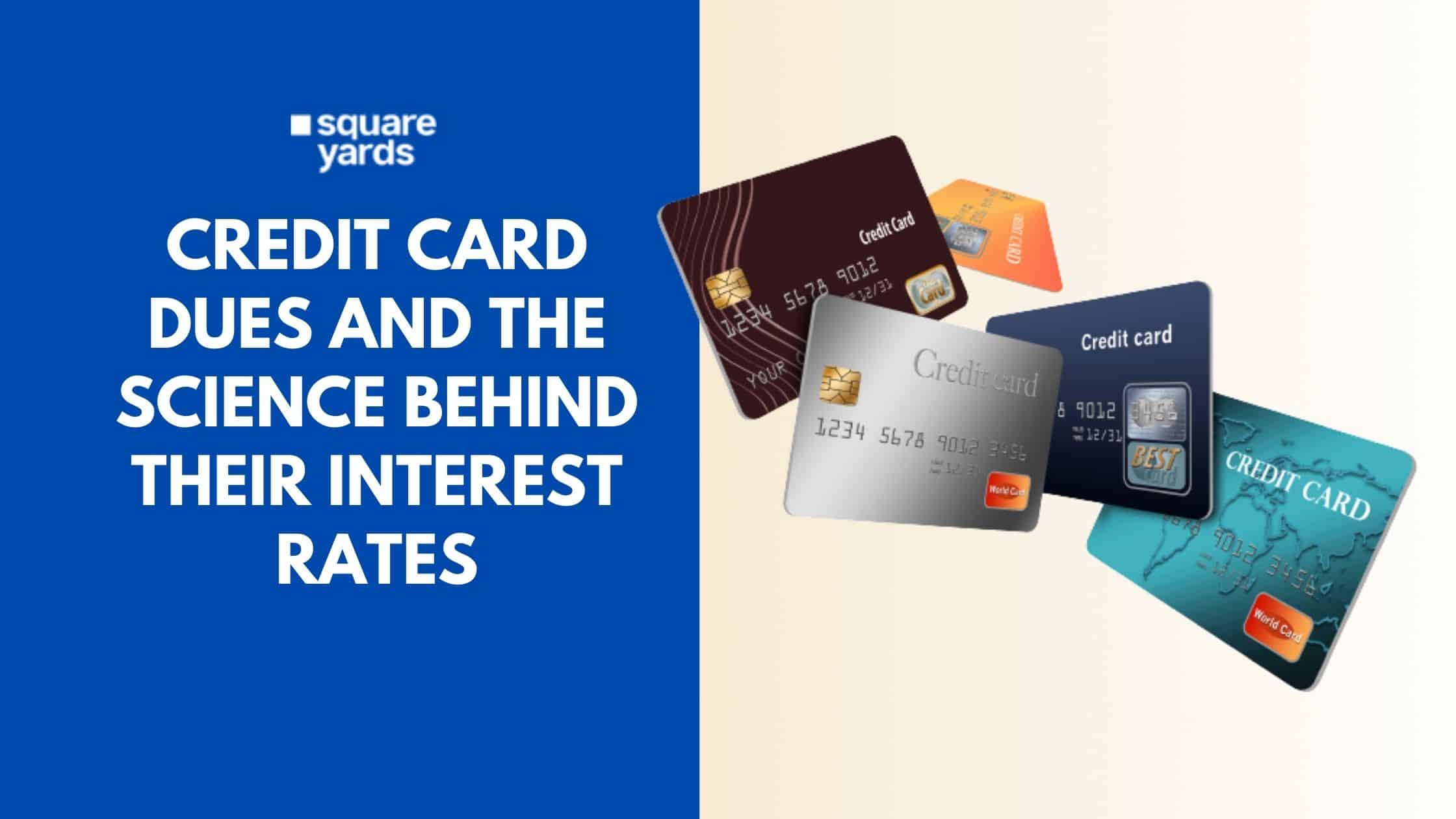Many a time, we have wondered in amazement about sky-high interest rates charged by credit cards! What actually lies behind these interest rates? Here’s decoding the same!
When you’re getting into the mechanics of credit card interest rates, it is better to understand what it means at the outset. Interest is what you pay to the credit card company for borrowing money to meet diverse requirements. Globally, this is shown as the APR (annual percentage rate). Most credit cards come with APRs that are highly variable, i.e. they keep fluctuating as per a specific market benchmark. This could be the prime lending rate as well. Suppose this rate stands at 6% currently and the credit card has a charge of 10% + the prime rate, then the APR for the customer will be 16%. Average APR of credit cards globally has hovered around the 18-19% mark as per several reports.
Most cards will charge interest only if you do not pay the total bill every month. If you have an outstanding bill, then the company will be charging interest just on the unpaid amount and this charge will be added to the balance. Hence, if you do not pay your balance completely in the following month, then you will have to pay interest upon the pending interest. This is how the due balance keeps growing swiftly and may sometimes get out of your control. At the same time, some credit cards charge various kinds of interest rates, i.e. they may charge a single rate for specific types of transactions and another rate for other types.
Table of contents
The Functioning of Credit Card Interest
If you have a balance on the credit card, the company will multiply the same every day with a daily rate of interest. This will be added to your outstanding amount. The daily rate is the APR (annual rate of interest) that is divided by 365. Suppose your outstanding balance is Rs. 5,000 on your credit card and the APR stands at 16% as mentioned. Then the daily rate will be 0.04% and this will be multiplied with Rs. 5,000, i.e. adding Rs. 219 to the outstanding balance.
Suppose you do not make any payment on your credit card. In this case, the institution will begin charging interest on the amount which is due along with all new credit card transactions from their dates will the time that all earlier dues are completely paid off.
When you only pay the minimum amount, interest is charged on the remainder and all new transactions until the earlier balance is cleared. If you are paying an amount lower than this minimum amount, then the whole outstanding amount will attract interest and also for new transactions, until the entire amount is completely cleared. If you withdraw any cash, you will pay the rates applicable for the cash advance facility which may vary across financial institutions.
If you have not cleared the earlier month’s outstanding amount completely, the bank will be carrying forward your remainder to the upcoming billing cycle. Based on the repayment amount in such cases, the rate of interest will be imposed on the outstanding amount and all new transactions until you totally clear your outstanding dues.
Credit Card Rates at Leading Institutions
| Bank Name | Monthly Percentage Rate (MPR)% | Annual Percentage Rate (APR)% |
| SBI Bank | Up to 3.50% | Up to 42% |
| HDFC Bank | 3.40% | 40.80% |
| Kotak Mahindra Bank | Up to 3.5% | Up to 42% |
| Axis Bank | 3.40% | 40.8% |
| Yes Bank | 1.20% to 2.4% | 14.40% to 28.8% |
| Citibank | 3.75% | 45% |
| RBL Bank | Up to 3.99% | Up to 47.88% |
| IndusInd Bank | Up to 3.83% | Up to 46% |
Interest-Free Periods on Credit Cards
This grace or interest-free period is the duration between the date of the transaction and the due date for payment. This will vary for each and every transaction that you make with the card. This will usually vary from 20-50 days. If you make your payments within this time, then you will not have to pay interest on your accumulated dues. Suppose a credit card has 50 days as the interest-free period and the billing date is the 6th of each month. Hence, you can spend from 7th March month till the 6th of April and will be billed accordingly. The due date for your payment, taking the 50-day interest-period into account, will be 25th April.
You can calculate this duration from 7th March to 25th April and you will get a total of 50 days in all. Only transactions performed on day 1 of the billing cycle or 7th March, will have this interest-free period of 50 days. For all other transactions after this, the period will come down on the basis of the date of the transaction. The minimum grace period is roughly 20 days although it may vary across transactions. The interest free period will not apply if you have carried forward the outstanding dues of the earlier month to the present one. There is no interest-free period for cash advances and interest will be imposed on the amount withdrawn from the withdrawal date till the date of repaying the amount in full.
These aspects will help you gain a clearer understanding of credit card interest and how it works. The next time you choose a credit card, check out the rates for various types of transactions.




